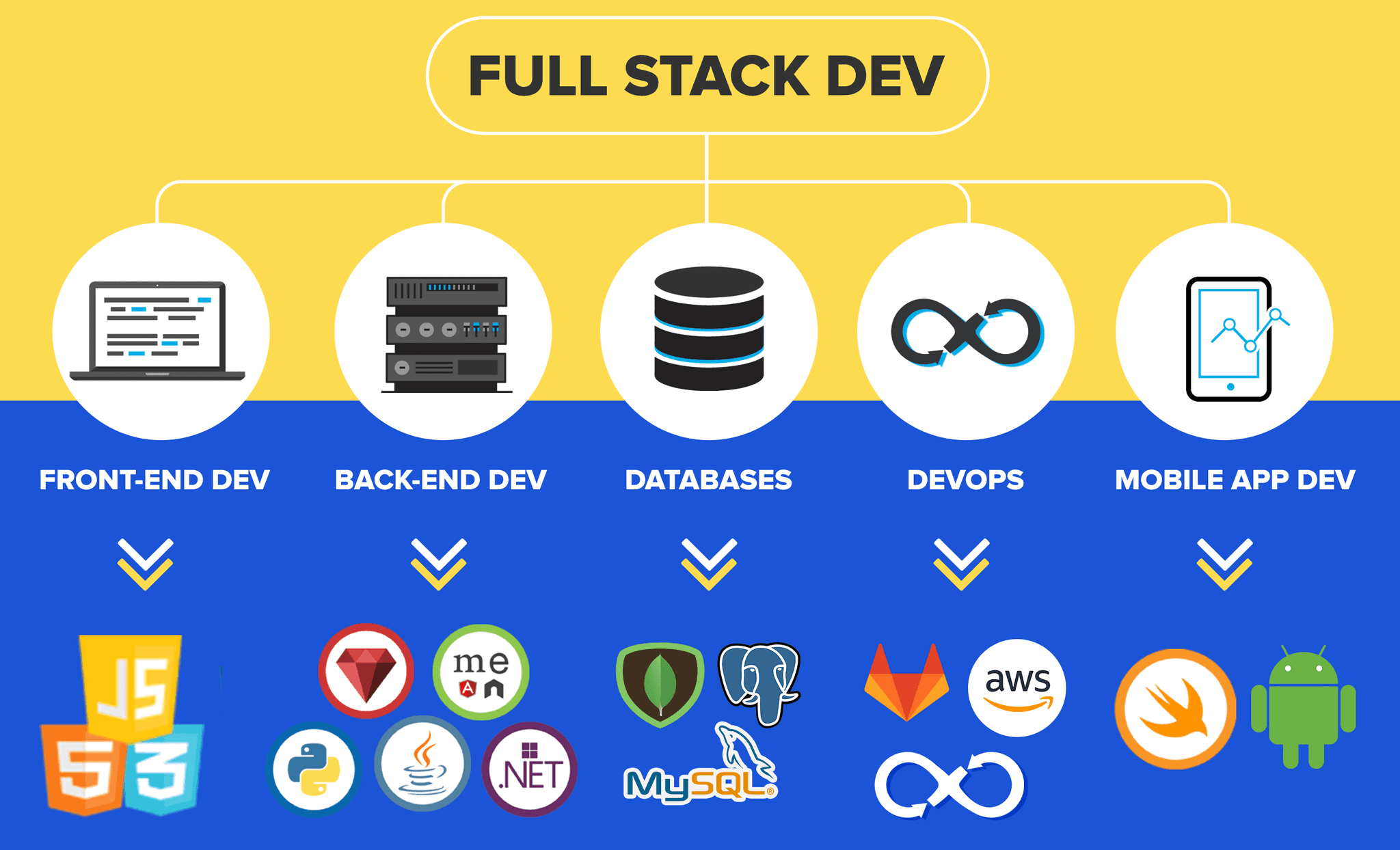
As we stand on the brink of a technological revolution, Web3 development emerges as a beacon of innovation, promising to reshape the digital landscape in ways we have only begun to imagine. This new era of the web aims to empower users by decentralizing power and control, transforming how we interact, transact, and share information online. With blockchain technology at its core, Web3 seeks to provide a more secure, transparent, and user-centric internet experience, moving away from the centralized platforms that have dominated the digital world for so long.
The rise of Web3 development is not merely a trend; it represents a fundamental shift in the internet’s architecture. By enabling peer-to-peer connections and incorporating decentralized applications, or dApps, developers are crafting a future where users reclaim ownership of their data and digital assets. As we explore the intricacies of Web3 development, we will delve into the technologies, frameworks, and philosophies that are driving this transformation, highlighting how they can unlock new opportunities for individuals and businesses alike. The journey toward a decentralized web is just beginning, and understanding the nuances of Web3 development is essential for anyone looking to thrive in this evolving landscape.
Understanding Web3 Technology
Web3 technology represents the next evolution of the internet, aiming to create a decentralized web that empowers users rather than companies. At its core, Web3 leverages blockchain technology to establish trust and transparency in online interactions. This shift from a centralized system to a distributed network is intended to enhance user control, privacy, and security, ultimately fostering a more equitable digital ecosystem.
One of the fundamental components of Web3 is the use of smart contracts. These self-executing contracts with the terms of the agreement directly written into code enable automated transactions without the need for intermediaries. This technology allows for greater efficiency and reduced costs in various applications, from finance to supply chain management. As developers embrace smart contracts, they enable innovative solutions that were previously unfeasible in traditional web environments.
The rise of decentralized applications, or dApps, is another significant aspect of Web3 development. Unlike conventional applications, dApps run on a peer-to-peer network and are not controlled by a single entity. thirdweb This decentralization promotes resilience against censorship and enhances user privacy. Developers are increasingly exploring this terrain, creating applications that can transform industries like finance, healthcare, and social media, paving the way for a future where users have more agency over their digital identities and data.
Key Tools and Frameworks for Web3 Development
When diving into Web3 development, selecting the right tools and frameworks is crucial for creating efficient decentralized applications. Ethereum remains a leading platform, and tools like Truffle and Hardhat provide developers with a robust environment for compiling, testing, and deploying smart contracts. Truffle offers built-in smart contract management, automated testing, and a customizable development pipeline, while Hardhat enables developers to create and manage local Ethereum networks effortlessly, enhancing the development workflow.
In addition to Ethereum-based tools, frameworks like Remix, a web-based IDE, play a vital role in simplifying the smart contract development process. Remix allows developers to write Solidity code and test it in real time, providing an intuitive interface that is beginner-friendly. For those interested in cross-chain capabilities, Polkadot and Cosmos are frameworks that facilitate the building of interoperable blockchain networks, allowing various blockchains to communicate and share information seamlessly.
Front-end development in Web3 relies on libraries like Web3.js and Ether.js. These libraries provide the necessary JavaScript functions to interact with the Ethereum blockchain and enable developers to build user-friendly interfaces that connect with smart contracts. Additionally, tools like The Graph are emerging to simplify data querying from blockchains, making it easier to develop applications that require complex data retrieval without overloading the user interface with heavy computations.
Challenges and Future Trends in Web3
As Web3 development continues to advance, several challenges persist that developers must address. One significant hurdle is the lack of standardized protocols and interoperability between different blockchains. This fragmentation makes it difficult for applications to communicate and share data effectively. Additionally, scalability remains a pressing issue, with many blockchain networks struggling to handle a growing number of transactions without compromising speed and security.
Another challenge is user adoption and education. While enthusiasm around Web3 is high, many potential users still do not fully understand how decentralized technologies work or their benefits. This knowledge gap can hinder widespread adoption, as new users may find Web3 applications complex and daunting. Developers will need to prioritize user experience and simplify interfaces, making it easier for individuals to engage with Web3 technologies.
Looking towards the future, we can anticipate several trends in Web3 development. One emerging trend is the growing emphasis on privacy-focused solutions, as users become more aware of data security and control over their personal information. Furthermore, the integration of artificial intelligence within blockchain systems could lead to more intelligent, autonomous applications. As the ecosystem matures, collaborations between traditional businesses and Web3 startups are also likely to increase, fostering innovation and bridging the gap between conventional and decentralized models.